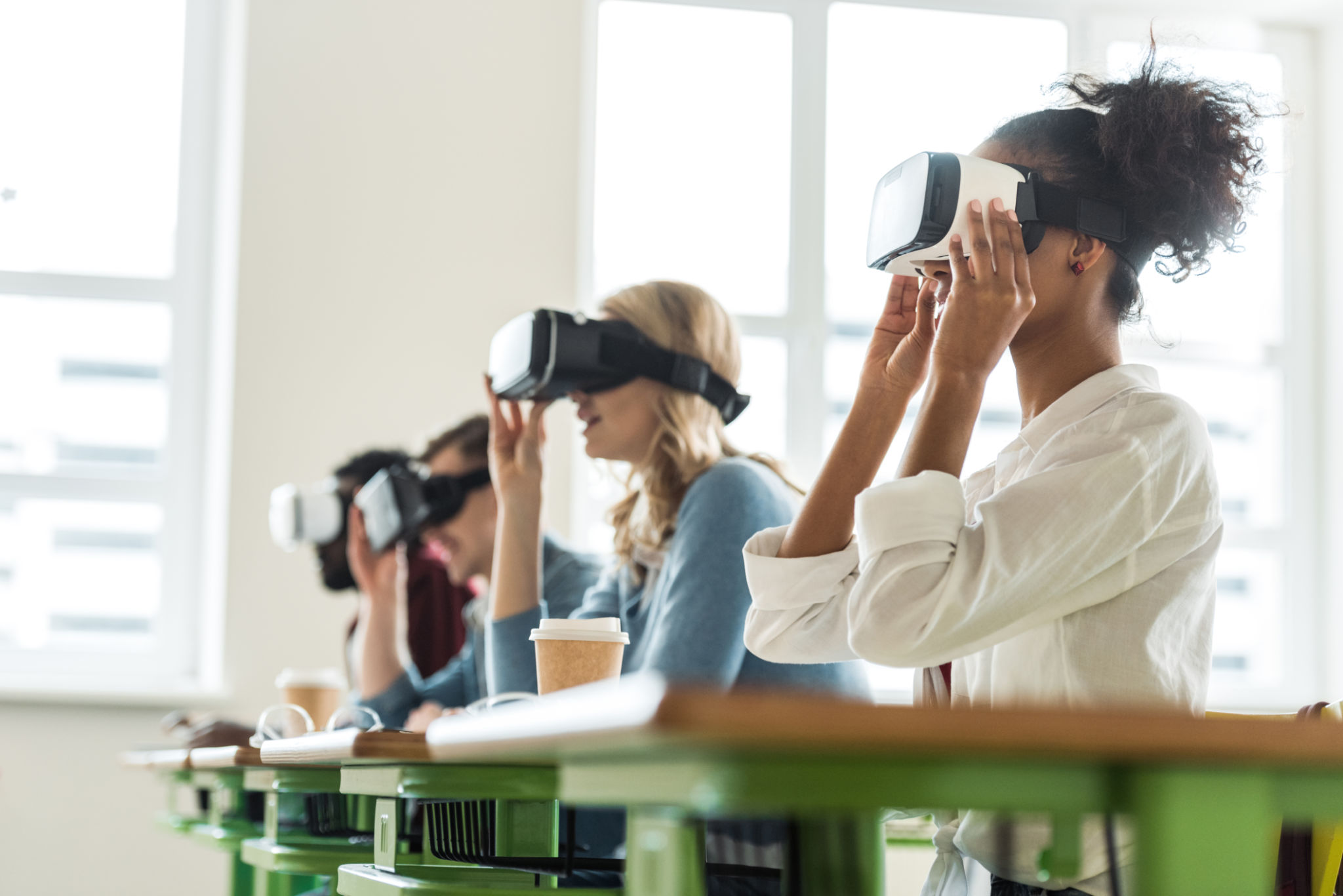Exploring the Future: Virtual Reality for Kids in Education
The Rise of Virtual Reality in Education
Virtual reality (VR) is no longer just a futuristic concept; it's becoming an integral part of modern education. Schools and educators are increasingly exploring the potential of VR to create immersive learning experiences for children. This technology offers a dynamic way to engage students, making learning both interactive and enjoyable.
By using VR, students can explore complex subjects like science, history, and geography in a 3D environment. This hands-on approach helps to enhance their understanding and retention of information. As the education sector continues to evolve, VR is set to play a significant role in shaping the future of learning.

Benefits of Virtual Reality for Kids
One of the biggest advantages of VR in education is its ability to provide experiential learning. Children can explore ancient civilizations, dive into the ocean, or travel through the human body without leaving their classroom. This immersive experience can spark curiosity and foster a deeper interest in subjects that might otherwise seem dull or abstract.
Another benefit is the ability to cater to different learning styles. Whether a child is a visual, auditory, or kinesthetic learner, VR can offer tailored experiences that meet their needs. This flexibility can help improve comprehension and academic performance, making education more inclusive and accessible.

Challenges and Considerations
While VR offers numerous educational benefits, it's not without its challenges. Cost is a significant factor, as VR equipment and software can be expensive for schools to implement on a large scale. Additionally, there are concerns about screen time and ensuring that VR content is age-appropriate and educationally sound.
Educators and developers must work together to create content that is both engaging and pedagogically effective. This requires careful planning and collaboration to ensure that VR experiences align with curriculum standards and learning objectives.

The Future of VR in Education
Looking ahead, the potential for VR in education is vast. As technology continues to advance, we can expect even more immersive and realistic experiences. Emerging trends like augmented reality (AR) and mixed reality (MR) are also set to complement VR, offering even richer educational opportunities.
The integration of VR into education will likely lead to more personalized learning environments where students can learn at their own pace and explore subjects that interest them deeply. This could revolutionize the way we think about teaching and learning, preparing children for a world where digital literacy is paramount.
Conclusion
Virtual reality is poised to transform the educational landscape, offering dynamic and engaging ways for children to learn. While there are challenges to overcome, the benefits of VR for kids are undeniable. As schools continue to adopt this technology, we can look forward to a future where learning is not only effective but also exciting and inspiring.
